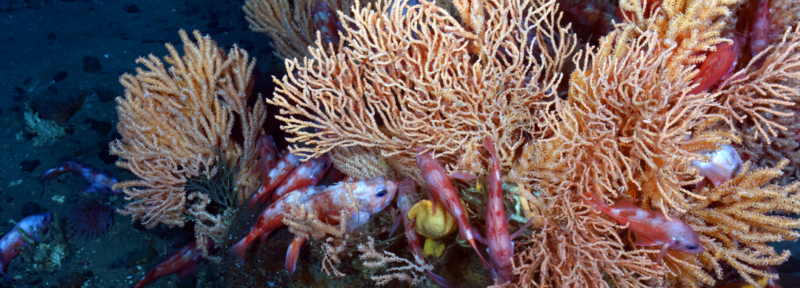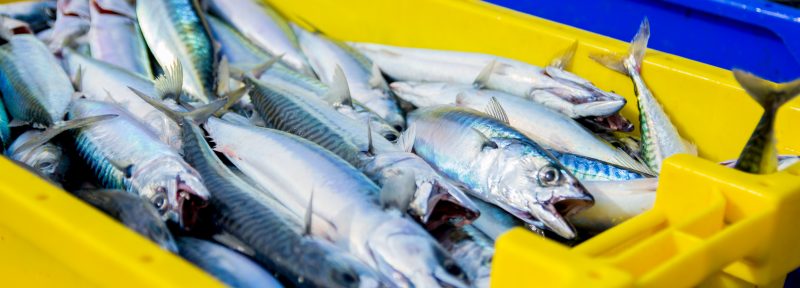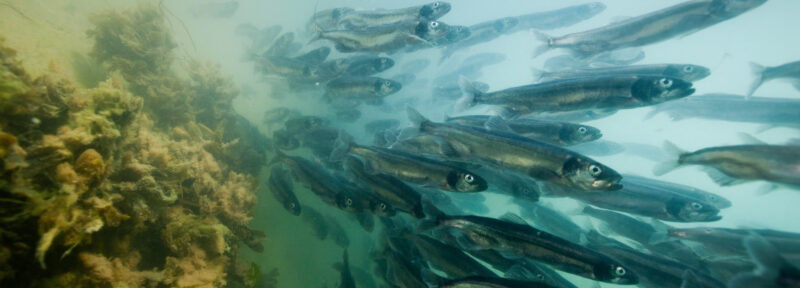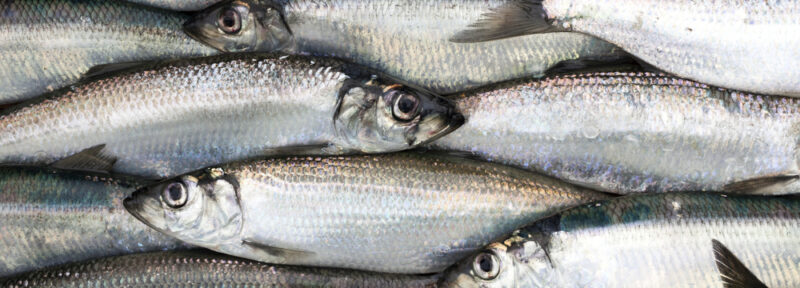DFO must rebuild largest herring population in Canada for the benefit of coastal communities and the ecosystem
HALIFAX–Fisheries and Oceans Canada (DFO) will soon announce the quota for the largest herring fishery in Canada. The herring stock in the Bay of Fundy and southwestern Nova Scotia (officially known as the 4VWX Southwest Nova Scotia/Bay of Fundy spawning component, or SWNS-BoF for short) has been declining for decades. It has been critically depleted since 2017 and stock status reports have indicated the need for rebuilding since at least 2001. Last year, the Minister reduced the quota by 33 percent but failed to choose a harvest strategy in line with stock rebuilding.
“Last year’s decision bypassed a multi-year stakeholder process to develop harvest rules that would rebuild the stock out of the critical zone within 10 years,” explains Sebastián Pardo, Sustainable Fisheries Coordinator at the Ecology Action Centre. “Instead, the Minister caved to industry pressure, delayed adopting these rules, and chose an interim measure that on its own isn’t enough to rebuild the population.”
Compared to the other major forage fish stocks in the region, such as Atlantic mackerel or southern Gulf of St. Lawrence herring, management decisions for SWNS-BoF herring are not being informed by robust science. To determine if catch reductions are likely to improve stock status and at the request of some members of the industry, stakeholders have been involved in a collaborative multi-year Management Strategy Evaluation (MSE) process. This MSE process, which allowed for broad participation and explored trade-offs between catch stability and rebuilding potential, came up with multiple options in 2022 that would rebuild the stock over a ten-year period. These catch options ranged from zero to approximately 14,000 tonnes.
“According to the Fisheries Act, rebuilding a stock in the critical zone should be a priority for the Minister, and adopting the MSE framework is the best way to do so for this herring population,” says Pardo. “If the Minister were to delay its implementation for a second year in a row, then what is the point of having rebuilding goals and these cost-intensive, multi-year processes aimed at achieving them?”
“Rebuilding the stock makes sense for more than just the fishing industry, which would stand to gain higher yields in the future,” explains Katie Schleit, Fisheries Director at Oceans North. “A recent cost-benefit analysis also shows that the value of leaving forage fish in the water to rebuild, support ecosystem function, and provide food for other organisms is approximately $1.6 billion. The Minister needs to reduce the quota this year and rebuild the stock for the future of the industry, coastal livelihoods, and the ecosystem.”
For more information or to arrange an interview, please contact:
Alex Tesar
Communications Specialist
[email protected]
Sebastián Pardo, PhD
Sustainable Fisheries Coordinator, Ecology Action Centre
[email protected]




